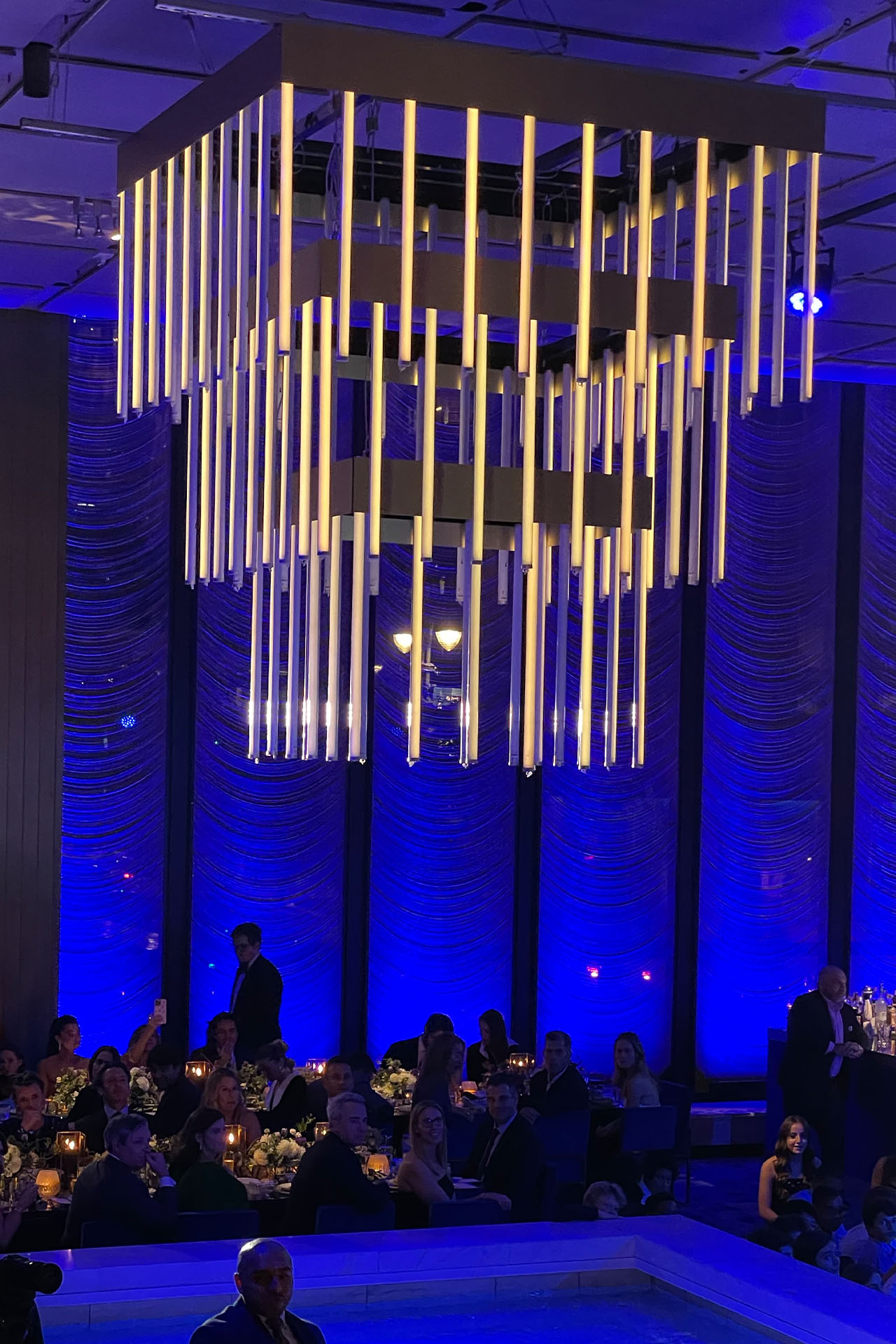Highlighting the Influence of Lighting Methods on the Art of Film Projections Mapping
Highlighting the Influence of Lighting Methods on the Art of Film Projections Mapping
Blog Article
Motion projection mapping is an exciting creative medium that merges technology and innovation to transform ordinary surfaces into remarkable visual displays. This method involves casting images and footage onto 3D elements, such as structures, sculptures, or stages. One of the most crucial elements in creating successful mapping in the use of effective illumination methods. Proper lighting improves the aesthetic components of the display and guarantees that the visuals are crisp and captivating. This article explores the influence of illumination techniques on motion projection and how they can elevate the complete encounter.
Lighting plays a crucial part in motion mapping because it establishes the mood and tone of the exhibit. Different illumination methods can evoke various emotions and responses from the viewers. For example, using gentle, cozy illumination can create a welcoming atmosphere, while vivid, cold illumination may produce a more energetic or intense effect. By thoughtfully choosing light colors and intensities, artists can influence how viewers interpret the displayed visuals, leading to a more engaging experience. The balance between mapping luminance and surrounding light is crucial, as it can significantly impact the clarity and effect of the visuals.
In addition to, color and intensity, the direction of illumination also influences the efficacy of mapping. Lighting from different angles can create contrast and accents that add dimension to the projected images. This technique, known as light and shadow, can enhance the 3D quality of the subjects being projected. Furthermore, using moving lights can introduce dynamism to the display, making the experience more engaging for the audience. When the illumination interacts with the projected visuals, it can create an effect of motion and change, capturing the viewers' attention.
Another important aspect of illumination in mapping is the use of special effects. Techniques event design with video elements such as gobo illumination, which uses patterns and shapes to project light, can introduce texture and complexity to the projections. This method enables creators to layer images and create visually captivating effects that complement the projection. Additionally, adding lasers or light-emitting diode illumination can further enhance the exhibit, offering a distinct mix of visual components that attract click for more info the viewers in. These unique effects, when used thoughtfully, can elevate the projection beyond a basic show to an engaging piece of art.
In conclusion, the impact of illumination methods on motion projection is significant. By understanding how different lighting components interact with projected images, artists can create captivating encounters that resonate with viewers. The careful selection of color, intensity, angle, and unique effects enables for a rich tapestry of sight narrative. As tech continues to grow, the options for creative expression in projection will only expand, making illumination an increasingly vital component in this progressive creative form.